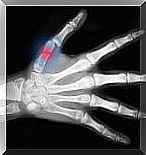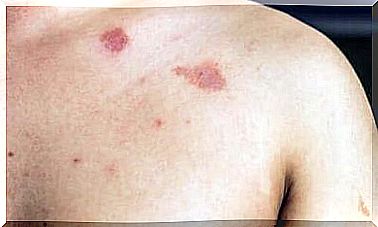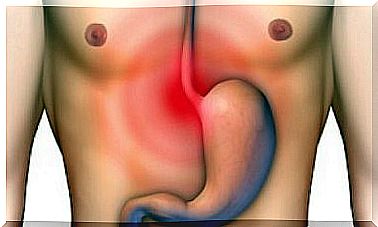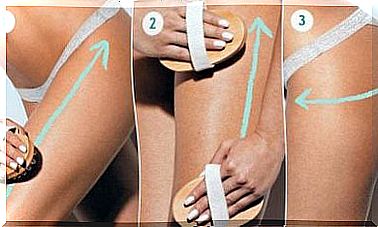Uterine Fibroids: 5 Facts Every Woman Should Know
Although uterine fibroids are usually not dangerous, you should still see a gynecologist on a regular basis. In this way, possible diseases can be detected early and treated in good time.
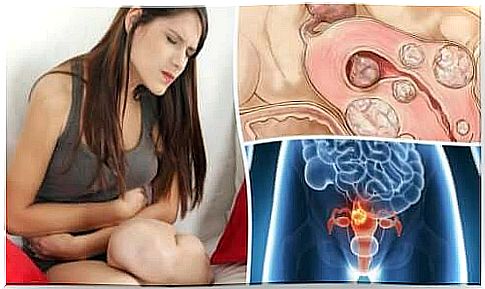
Uterine fibroids are abnormal masses of muscle tissue that form on the surface of the uterus and rarely on the cervix.
When a woman is diagnosed with uterine fibroids , it creates a lot of anxiety. However, you should know that cancer cells develop from this in only 0.5% of cases. This means that while they can cause gynecological discomfort, they very rarely pose a cancer risk.
However, you should have regular check- ups because uterine fibroids can affect fertility and hormonal balance.
Therefore, today we would like to share with you 5 relevant facts that every woman should know about the formation and development of these fibroids.
1. What is a uterine fibroid?
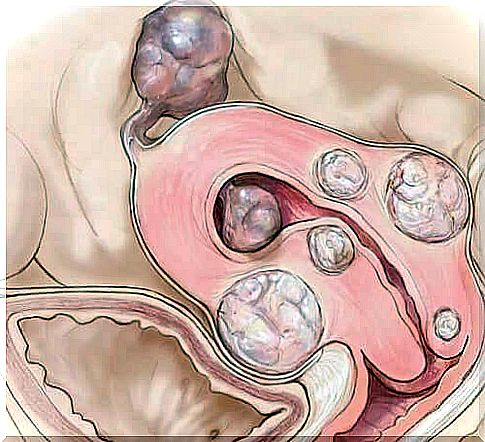
Uterine fibroids are benign tumors that occur especially after the age of 20.
They are also known as leiomyomas or fibromyomas. They are small, round masses of tissue. In addition, the size of the fibroids can vary widely, some are microscopic, while others can be quite large.
Their occurrence is often related to genetic and hormonal factors. In addition, uterine fibroids are one of the causes of infertility in women.
2. Uterine fibroids: what types are there?
Depending on their location in the uterus, uterine fibroids are divided into four types :
Submucosal fibroids
- These fibroids form just below the myometrium, the layer that protects the inner wall of the uterus.
- They can extend into the inner cavity of the uterus, and as they grow, they can occupy a large part of it.
Subserosal fibroids
- This fibroid forms just below the serosa, a layer that covers the outside of the uterus.
- This makes the uterus appear knotty.
Pedicle fibroids
- These fibroids also belong to the subserosal fibroids. However , in contrast to the previously mentioned species , they grow and detach from the uterus, being held in place by a fine cord called the pedicle.
- This tumor can grow into or out of the uterine cavity.
Intramural fibroids
- These fibroids form within the muscle wall of the uterus. As they grow, they can expand both the inner and outer walls.
3. What are the symptoms?

Although in many cases there are no symptoms, which makes diagnosis difficult, more than half of affected women experience changes that suggest the presence of uterine fibroids.
The most common symptoms include:
- Heavy and irregular menstrual bleeding
- Swelling and pain in the lower abdomen
- Sudden weight gain
- Difficulty getting pregnant
- High risk pregnancies and childbirths
- Painful intercourse
- There may also be changes in urination
- In addition, there is pain in the lumbar spine
4. How do uterine fibroids affect fertility?
One of the most common concerns of women diagnosed with uterine fibroids is the implications for their reproductive health.
Once the tumors reach a certain size, they can affect fertility or make pregnancy difficult.
The uterus itself increases in size due to the activity of estrogens, and since progesterone predominates during pregnancy, it is possible to have fertility treatment.
It should be noted, however, that there is an increased risk of undesired termination in the first trimester of pregnancy.
5. Uterine fibroids: what treatments are there?

Many women diagnosed with fibroid believe that the only solution is surgery. However, know that this is not the only treatment option. If the uterine fibroids are too small, surgery is not required.
Generally, small fibroids are treated with medication. If this treatment is unsuccessful and the uterine fibroids continue to grow, surgery is essential.
In these cases, a myomectomy is done, which focuses on removing the fibroids without affecting the uterus. If complications arise, a hysterectomy is done, which involves removing part or all of the uterus.
Therefore, it is very important that you respond to possible symptoms and have regular pelvic exams to get a timely diagnosis. Although uterine fibroids are usually not a serious condition, it is still a good idea to seek advice from your doctor and start treatment as early as possible.

